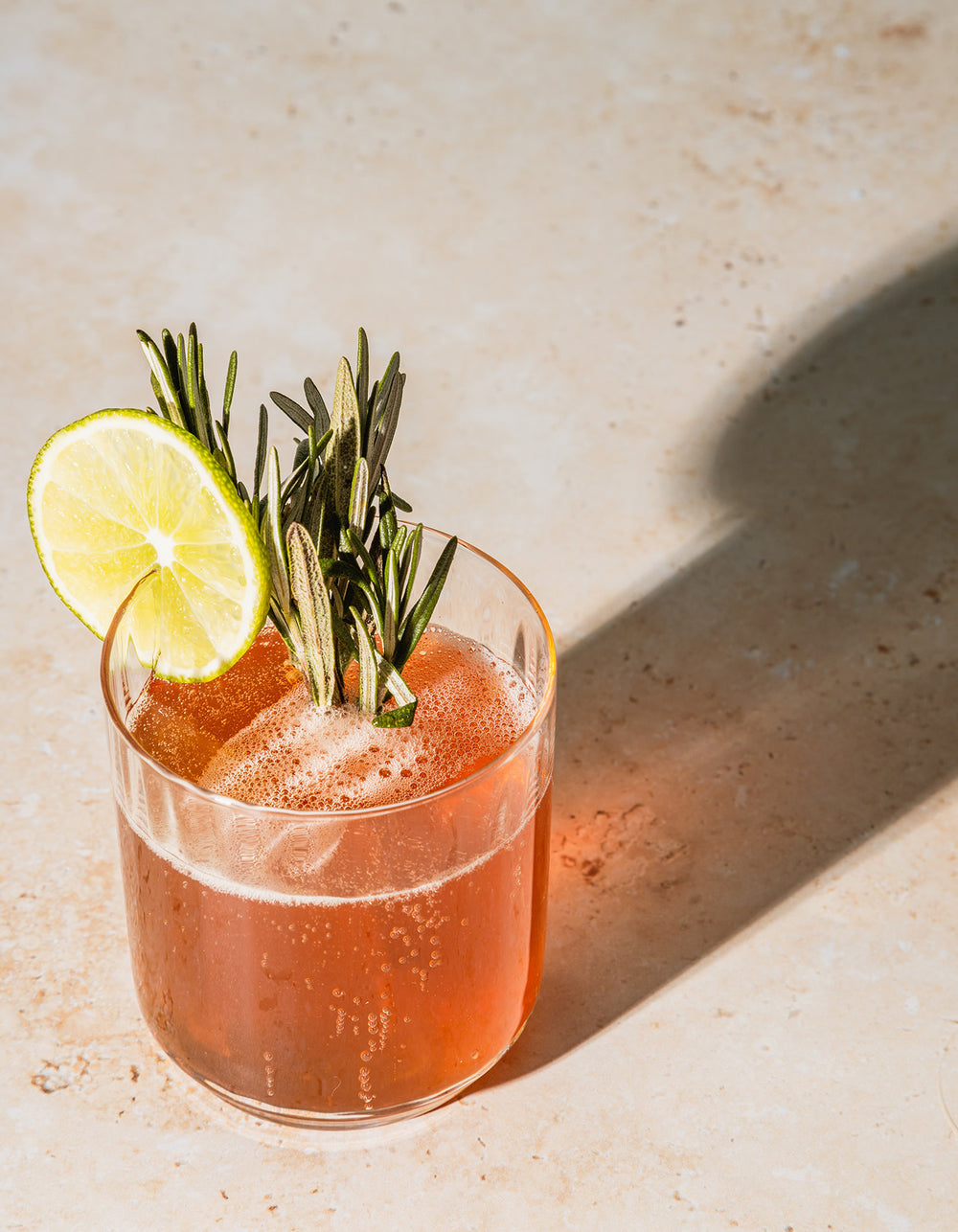
“Metallic, musky, kelp.” After her first taste of an oyster, Tess, the protagonist in Stephanie Danler’s coming-of-age novel, Sweetbitter, struggles to comprehend its mercurial, marine flavors. Yet as the novel progresses, it becomes clear: Tess’s increasingly voracious oyster appetite is symbolic of both personal and intellectual expansion.
It’s a rather profound metaphor for a humble bivalve. But it’s not unwarranted, nor surprising. After all, oysters often elicit unabashed passion from their lustful consumers – for good reasons, too.
Although their reputation for being aphrodisiacs is likely exaggerated, there is something undeniably sexy about raw oysters, least of all because eating them requires far more lip smacking than your average meal. Further, oysters possess an air of inaccessibility: Supermarket staples, they are not; once procured, they call for skillful and attentive shucking to access their tender, plump middles.
Romantic, complex, elusive – it’s no wonder oysters occupy a near-mythic place in the culinary echelon.
But the oyster’s cachet can have downsides. Many – myself included – are intimidated by them, cautiously eyeing raw bar menus to find clues of where to begin. And for the at-home cook, the prospect of both prepping and cooking with oysters is downright terrifying. So, in honor of oyster season – more on that in a second – I spoke with Mike Campanile, Executive Chef at New York City’s Zadie's Oyster Room. Ahead, he breaks down the basics of oysters, plus provides some helpful insights on how to best enjoy these briny beauties.

OYSTER SEASON IS REAL… MOSTLY
Culinary lore – or, perhaps more accurately, Internet lore – claims that any month ending in an “R” is technically oyster season. Is it true? Yes, Campanile explains – but with a caveat. Oysters spawn in the summer, when water is the warmest; the warm water, according to Campanile, influences both the flavor and composition of an oyster. He notes, “In the summer, an oyster will be a little plumper and its liquor will be more viscous. It’ll taste differently – it may not have that really fresh, bright and briny flavor you want.” As such, oysters are best enjoyed out of cold water.
So, technically oyster season is real… but if happens to be a chilly April or sweltering September, feel free to disregard the “R” rule.
BE ARMED WITH THE BASICS AND BE HUMBLE
Ready to navigate a menu? Some general wisdoms: West Coast oysters are known to be plumper, smaller, creamier and sweeter; East Coast oysters tender to be larger, more translucent, flatter and brinier. Campanile elaborates, “I don’t know what’s in the water in the West Coast, but it creates a much higher protein and sugar content in the oysters – that’s what makes them so dense and creamy. I also find that their flavor sits in your mouth way longer than an East Coast oyster would.” Regarding East Coast oysters, he notes that their hallmark brininess has echoes of minerality and even notes of cucumber. I’m not totally sure what that even means, something which Campanile encourages: Above all else, approach the raw bar with humility and curiosity – and do ask questions.

BE CREATIVE WITH WINE PAIRINGS
Generally, wines with high minerality tend to pair well with oysters across the spectrum, offering a welcome infusion of acidity. (Think of them as a squeeze of lemon.) Campanile cites Muscadet as a classic, can’t-go-wrong pairing; other equivalent selections include a Chablis or Sancerre. But Campanile is also a fan of funky, bright selections that more subtly highlight the oyster’s many flavor layers. One off-the-beaten-path pick? Lambrusco, a fizzy, zesty red wine.
COOK WITH THEM! – BUT PLAN ACCORDINGLY
I personally can’t imagine shucking an oyster while my baby wails in the background, but Campanile does inspire my most aspirational culinary tendencies. He explains, “Because oysters grow around algae, they actually tend to pair well with a variety of foods – meat savory, vegetable savory, you name it.” Whatever the time of year, he loves making an oyster bisque, combining pan-fried oysters and their liquor with cream and sherry, then adding in whatever produce is currently in season.
This all sounds simple enough but offers one word of caution: Buy plenty of oysters, as they’ll lose their integrity if they become shredded in the prep process – something that will inevitably occur. “Think of it this way,” he says, “An oyster is like a balloon. So, if you pop it, it’s not a balloon anymore.”
Another poetic oyster metaphor? It’s only fitting.
 Miracle Balm
Miracle Balm
 The Face Pencil
The Face Pencil
 What The Foundation
What The Foundation


